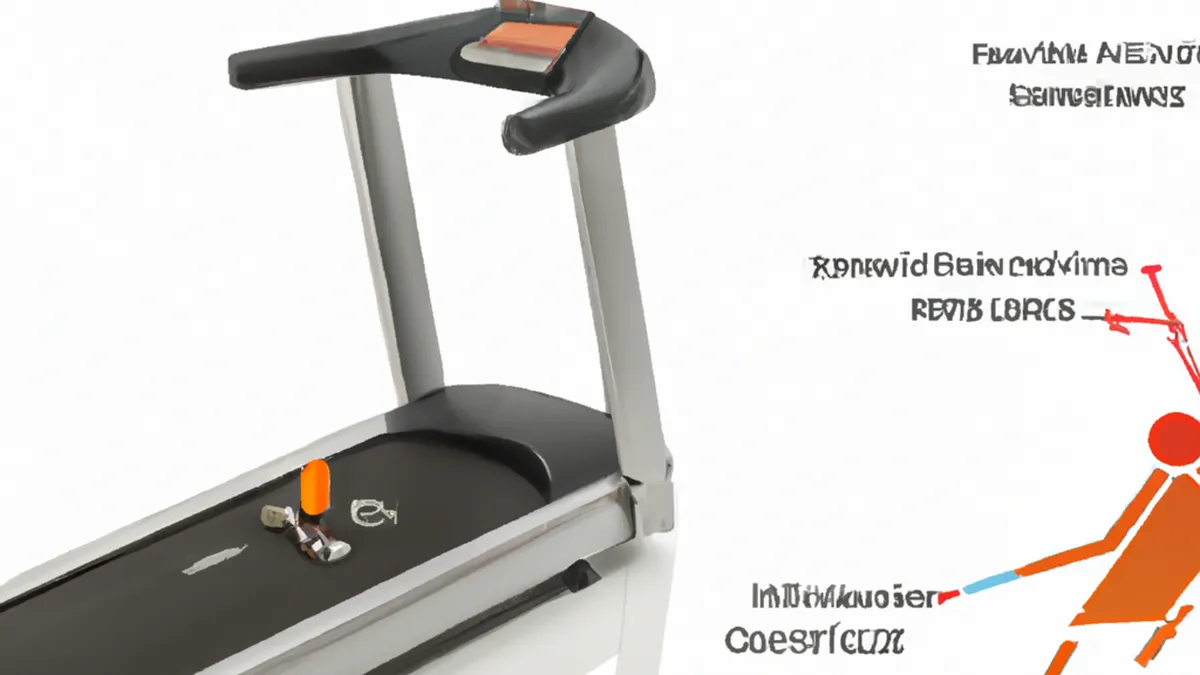Crush Injuries with Effective HIIT Treadmill Techniques
How to Use HIIT Treadmill Sessions for Injury Prevention
High-Intensity Interval Training (HIIT) on the treadmill improves cardiovascular fitness and burns calories efficiently. Many people focus on fat loss and endurance, but HIIT also helps prevent injuries. Using specific strategies in your treadmill HIIT sessions reduces injury risk, allowing effective and consistent training. This blog explores how to use HIIT treadmill sessions safely for injury prevention.
Understanding HIIT and Its Benefits
HIIT alternates short bursts of high-intensity exercise with lower intensity or rest periods. High-intensity intervals elevate your heart rate, while recovery periods let your body recover. This method improves cardiovascular fitness and enhances muscle strength, flexibility, and endurance.
HIIT’s time efficiency stands out. A well-structured HIIT session can yield results similar to longer cardio workouts. HIIT boosts metabolism, increasing calorie burn post-workout. To maximize benefits and minimize injury risks, approach HIIT treadmill sessions mindfully.
Why Injury Prevention Matters
Injuries can disrupt your fitness journey, causing pain, discomfort, and time away from training. Common treadmill injuries include shin splints, runner’s knee, and plantar fasciitis, often due to overtraining or poor form. Incorporating strategic HIIT sessions builds strength and endurance while minimizing injury risks. Use proper training techniques and remain aware of your body’s limits to maintain progress.
Tips for Safe HIIT Treadmill Training
Start Gradually
Start HIIT training slowly, especially if you’re new to treadmill workouts. Begin with moderate-intensity sessions to help your body adapt. For example, start with 1-minute jogging followed by 1-minute walking. Gradually increase the intensity and duration of your high-intensity intervals as your fitness improves.
Warm Up Properly
Warm up properly before any workout, especially high-intensity training. Spend 5-10 minutes warming up with light jogging or brisk walking. This increases blood flow, reduces stiffness, and prepares your body for HIIT. Include dynamic stretches, like leg swings and arm circles, to improve your range of motion.
Focus on Form
Always prioritize proper form over speed. Poor form increases injury risk and limits effectiveness. Maintain a strong posture and engage your core throughout the workout.
Conclusion
Incorporating HIIT treadmill sessions can enhance fitness while preventing injuries. Start gradually, warm up properly, and focus on form to ensure safe training.
Below are related products based on this post:
FAQ
What is HIIT and how does it benefit my treadmill workouts?
HIIT, or High-Intensity Interval Training, alternates between short bursts of high-intensity exercise and lower intensity or rest periods. This method improves cardiovascular fitness, enhances muscle strength, flexibility, and endurance, and is time-efficient, yielding results similar to longer cardio workouts.
Why is injury prevention important when using the treadmill for HIIT?
Injury prevention is crucial because injuries can disrupt your fitness journey, causing pain, discomfort, and time away from training. Common treadmill injuries include shin splints, runner’s knee, and plantar fasciitis, often arising from overtraining or poor form. By incorporating strategic HIIT sessions, you can build strength and endurance while minimizing injury risks.
What are some tips for safely performing HIIT on the treadmill?
To perform HIIT safely on the treadmill, start gradually by beginning with moderate-intensity sessions. Always warm up properly for 5-10 minutes to prepare your body, and focus on maintaining proper form over speed to reduce injury risk and enhance workout effectiveness.















Post Comment